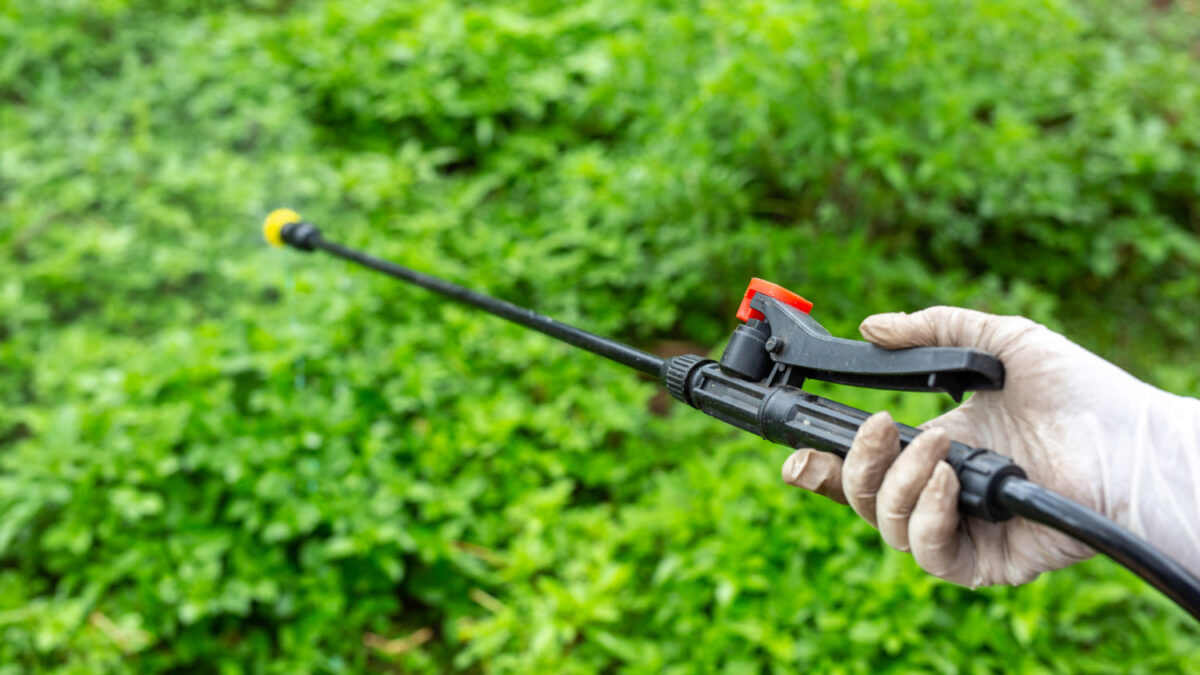As Canadian farmers continue to combat the challenges posed by herbicide resistance in broadleaf weeds, adopting proactive strategies is paramount to ensuring the prolonged efficacy of weed control measures. Herbicide resistance has emerged as a significant issue, threatening the sustainability of crop management practices.
Understanding herbicide resistance and broadleaf weeds in Canada
Simply, herbicide resistance occurs when repeated exposure to a specific herbicide results in the survival and reproduction of weeds with natural resistance to that chemical. Over time, this can lead to an increase in the resistant weed population, rendering previously effective herbicides less impactful.
Broadleaf and grass weeds can pose significant challenges to crop production as they compete with cultivated plants for nutrients, sunlight, and water. Identifying and managing these weeds are crucial aspects of effective weed control strategies in agriculture.
Some common examples of challenging weeds in Canada include:
● Kochia
● Cleavers
● Chickweed
● Canada fleabane
● Green and yellow foxtail
● Waterhemp
● Wild buckwheat
● Wild oats
These are just a few examples, and the diversity of broadleaf weeds in Canada is extensive. Effective management of these weeds involves proactive strategies to minimise their impact on crop yields and overall agricultural productivity.
Proactive approaches to herbicide resistance management
Proactive herbicide practices are crucial for effective weed control in agriculture. Farmers must implement diverse strategies to disrupt weed populations and minimize their adaptation to control measures.
One effective approach is to introduce variability into farm practices, deviating from established routines to thwart weeds’ ability to adapt. This could involve altering herbicide application timings or incorporating new application methods not previously used.
Crop rotation can disrupt weed life cycles and reduce weed pressure. Farmers can create unfavorable conditions for weed proliferation while enhancing soil health and fertility by planting different crops and varying growing habits.
Incorporating diverse herbicide mixtures with different modes of action is essential for preventing weed resistance. Farmers can target weeds with varying mechanisms by rotating herbicide products and tank mixes, reducing the likelihood of resistance development and preserving the efficacy of control measures. The inclusion of BlackHawk herbicide and Valtera herbicide, each with its unique formulation and mode of action, contributes to a comprehensive weed management strategy.
Regular field scouting is imperative for the early detection of resistant weed populations. Farmers should inspect fields post-spraying to identify any survivors and assess their susceptibility to different herbicide modes of action. In Canada, testing for resistance to various herbicide modes of action is available, empowering farmers to make informed management decisions and prevent the spread of resistance.
Keeping meticulous records of herbicide applications, crop rotations, and weed management practices is essential for informed decision-making and long-term planning. Farmers can track the effectiveness of different strategies over time and make adjustments to optimize weed control efforts in subsequent seasons by maintaining detailed records.
Herbicides are great tools to help farmers rotate their herbicide mixtures and change their farm practices. Both products are registered for fall and spring so if farmers want to start next season’s weed control plan right after harvest, they have that option.
As Canadian farmers confront the challenges of herbicide resistance in broadleaf herbicide weeds, adopting proactive and integrated approaches is crucial for sustained weed control efficacy. The implementation of herbicide rotation, tank mixing, and crop rotation can mitigate the impact of resistance issues. Farmers can safeguard the long-term efficacy of their weed control efforts by embracing a strategy that addresses both chemical and cultural aspects of weed management, ensuring the resilience and sustainability of Canadian crops.


